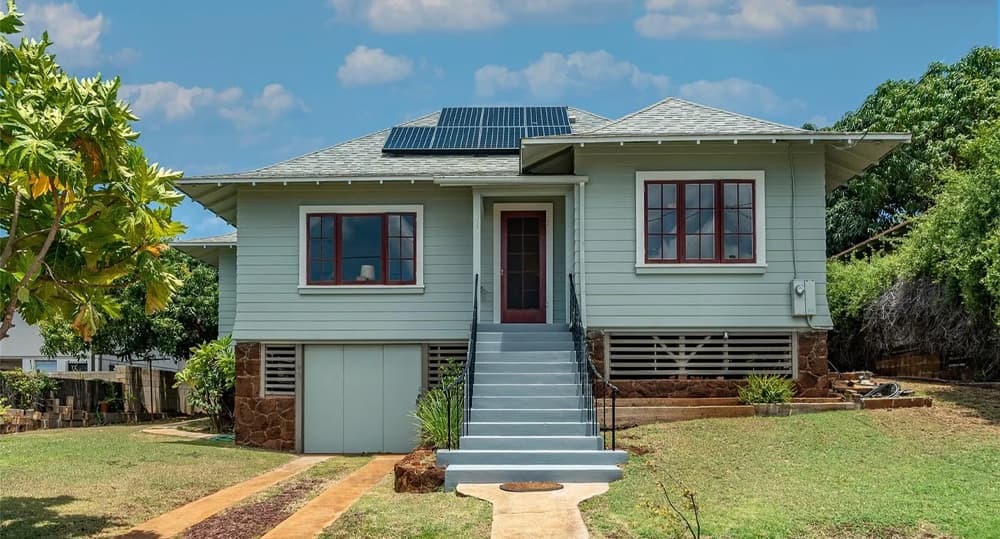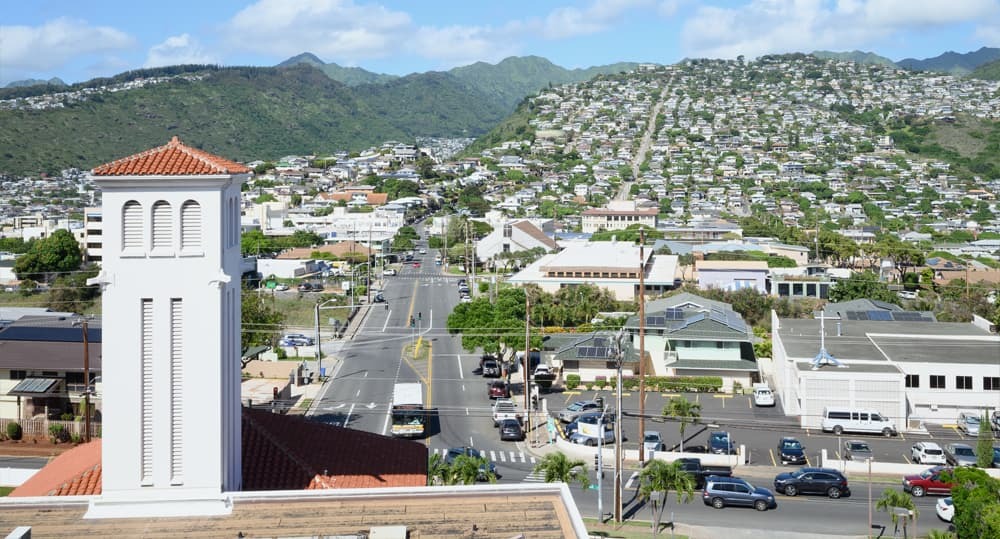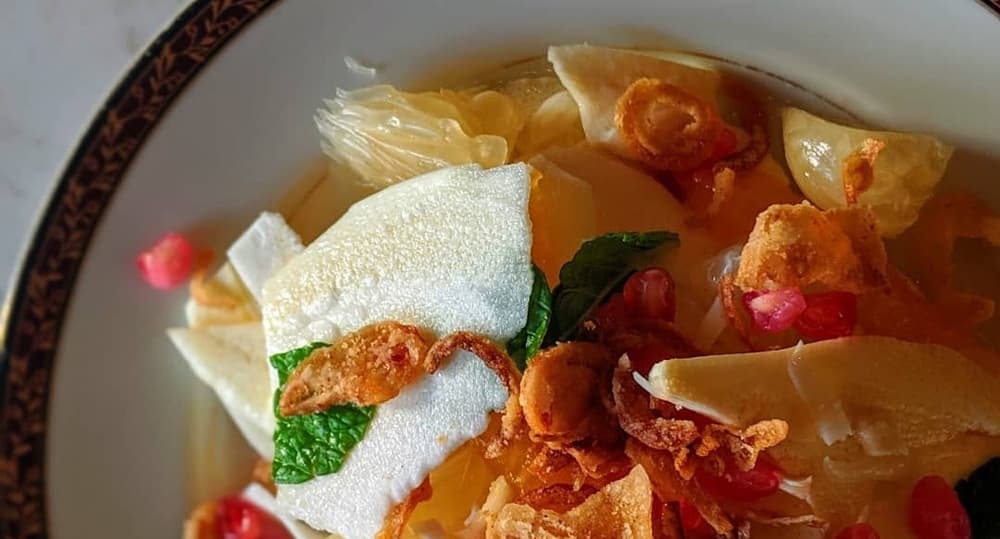Honolulu Real Estate
Honolulu is the largest city and the capital of the state of Hawaii.
Kaimuki is known for its lovely neighborhood of early twentieth-century bungalows and plantation-style homes. New construction on leveled Kaimuki lots is more contemporary in design while keeping the spirit of the traditional style. And many of the early bungalows and Hawaiian plantation-style homes have been renovated and updated and still look as charming as ever. Smaller cottages are simply landscaped and movie-set delightful with crisp paint and color coordinated trim.
Gently rolling residential streets retain Kaimuki’s early charm with both old and new home styles with the Hawaiian touch. Tucked behind Diamond Head crater, Kaimuki is essentially a quiet neighborhood. Its hilly terrain provides a multitude of ocean, coastline, crater, urban, and mountain views. Its central location affords easy access to beaches, marinas, hiking trails, and other sports and cultural activities. Waiʻalae Avenue is Kaimuki’s main thoroughfare and revitalized business district of friendly small shops and delicious restaurants.
Today, a more diverse mix of home styles is evident under the shade trees on Kaimuki’s lightly traveled streets. A drive on its rolling hills reveals single-family homes on lots of various sizes, often accommodating the changes in terrain. On some of the more spacious lots, contemporary Hawaiian home styles and multi-home compounds are replacing the earlier homes styles. The few condos, apartment buildings, and townhouses are situated primarily along Waiʻalae Ave.
The low-profile Hawaiian plantation-style house has wood siding and a wide hip roof with exposed rafters under the overhanging eaves. Attached to the exterior is a covered or enclosed lanai (porch). The house is raised off the ground to take advantage of the winds circulating air beneath to cool the interior. Generally, the home has high ceilings and an open floor plan with plenty of windows and exterior doors, engaging with the outdoor environment. Many of these Kaimuki homes have been renovated, enlarged, and updated with conveniences, but the traditional style is still unmistakable.
The bungalow is a design of the arts and crafts movement of the nineteenth century. Usually single-story, the bungalow also has a covered or enclosed lanai, a hip or gable roof, and overhanging eaves with thick round or square supporting beams. Houses distinguished by a double-pitched roof became known as “Hawaiian-style bungalows.”
The bungalow’s non-symmetrical facade may have aesthetic design features such as a protruding lanai with a gable roof, an adjacent interior wall extending beyond a lanai, and lava rock or stucco on a portion of the facade. The home has lots of windows, and rooms may connect directly, reducing hallways.
Contemporary design features and renovation result in more aesthetics and conveniences for both of these very livable architectural styles.
Similar homes for sale
If you love the homes in Kaimuki, you may also want to check out homes for sale in Manoa. On average, the lots in Manoa are slightly larger, but they have a similar historic and vintage feel.
Kaimuki’s history begins before King Kamehameha rowed up on the shores of Waikiki. In the earliest settlements in Hawai’i, the Menehune were likely the first of early Pacific Island settlers and considered inferior by the subsequent Tahitians. They fled to unoccupied areas to avoid oppression from the newer settlers.
However, they became mythological when stories made them magical dwarfs who could create things overnight that could not possibly be made in a day. Settling in the dusty, dry Kaimuki hills, these little people cooked tī roots in ovens called Ka imu kī. However, another theory about the origin of the name is that Kai mukī means whispering sea, the sounds of distant ocean waves lapping up on shore that could be heard in this desolate, quiet area.
After landing on the shores of Waikiki in 1795, Kamehameha stationed men on Pu’u O Kaimuki (Kaimuki Hill), the highest point in Kaimuki. They were to watch for enemy warriors trying to land on the beaches while he went on to defeat the Oahu chief on the cliffs at Nu’uanu Pali.
Around 1857, a semaphore station was constructed on Pu’u O Kaimuki, which now became known as Telegraph Hill. The station, with its clear views along the entire southern/leeward coastline, from Koko Head to Barber’s Point, alerted downtown Honolulu to any arriving ships.
In 1884, as monarch, Lunalilo sold Kaimuki land to his personal physician and Paul Isenberg. It was used for cattle grazing, horse breeding, and an ostrich farm in Kapi’olani Park. The Isenbergs sold 520 acres in 1898 to a pair of developers. Still dry and dusty, the developers needed water reservoirs to provide the necessary water for a major residential subdivision. Pu’u O Kaimuki, Telegraph Hill, was used to create the reservoir for Kaimuki.
Residential growth was slow at first because of Kaimuki’s dry and dusty reputation, and at the turn of the century, travel options from downtown were limited. The developers promised roads to buyers’ homes and built these roads to connect with the established Waiʻalae Ave. It’s hard to imagine today that areas such as Kaimuki and Kahala at one time were considered “country.” The developers even offered a promotional bonus for babies born in Kaimuki!
By 1903, Kaimuki had a hospital and a streetcar. The residential boon began when the electric streetcar began service as far as Koko Head Ave. Prominent new residents formed an association to create “a better community” and “beautify and improve the area.”
The next huge influx of buyers came with the affordability of the automobile in the 1920s and 30s. Many of the bungalows and cottages seen today are from this era. As one historian noted, “It took a lot of grim determination and faith to make Kaimuki what it is today.”
The early developers envisioned an upper-class buyer for Kaimuki. However, early on, the slow construction of infrastructure and lack of transportation options did not entice many envisioned buyers.
Early buyers were primarily Caucasians. Yet, today, more than 50 percent of Kaimuki homeowners are Asian. Local historians attribute part of this influx to the Great Chinatown Fire in 1900 that drove many homeless to seek a new life in an area with potential for growth. Today, Kaimuki is a very desirable middle-class neighborhood.
While revitalizing both business and residential areas, an ardent community theme is to preserve the historic character of Kaimuki. Many homeowners in Kaimuki are generational residents and are very proud of their neighborhood and what it offers in lifestyle.
Residents want to preserve the historical and cultural aspects that Kaimuki uniquely represents. Some of the stores and restaurants have been doing business for generations. For example, family-owned Kaimuki Dry Goods opened in 1926 when Kaimuki was still a very young neighborhood.
Waiʻalae Ave is very walkable for browsing the various shops and eateries along its sidewalks. Business owners are encouraged to promote Kaimuki’s small-town ethos. New, like-minded entrepreneurs are welcomed.
Because Kaimuki is centrally located, the trip to the downtown CBD is just a 10- 15 minute hop on the H-1 Freeway or a drive on Kapiolani Blvd. If it is rush hour, it may take twice as long or more. It is an easy drive to most areas in Honolulu from Kaimuki.
The Bus runs regularly along Waiʻalae Ave., but there are also interior routes through Kaimuki. With connections, The Bus travels throughout Honolulu and beyond. Taxi, Uber, and Lyft services are handily available.
The annual average high temperatures are between 75°F (24°C) and 81°F (27°C). The annual average low temperatures are between 71°F (22°C) and 77°F (25°C).
The monthly rainfall is between negligible and less than 4 inches (102 mm). More rain occurs during the winter months. On average, there are three rainy days in the winter months and one rainy day in the summer months. The monthly average humidity is between 75-76 percent throughout the year.
The average ocean temperature is between 75°F (24°C) and 80°F (27°C).
Two public elementary schools and one public elementary charter school serve the Kaimuki neighborhood. Liholiho Elementary School (PK-5) is rated 10 out of 10 according to Great Schools criteria. Kaimuki Middle School (6-8) is also above average, scoring 9 out of 10. Test Scores are 10 of 10 in both schools.
Kaimuki High School (9-12) rates rather poorly considering the high achievements of the elementary and middle schools. Test scores for Kaimuki High School are 3 out of 10, and college readiness is 2 out of 10.
Several highly rated private and religious schools (PK-12) are within the Kaimuki neighborhood or nearby.
University of Hawai’i Kapi’olani Community College is in Kaimuki. Chaminade University is on Waiʻalae Avenue entering Kaimuki. The University of Hawai’i at Manoa is less than a mile farther east. Hawai’i Pacific University is beside the iconic Aloha Tower in the CBD.
Straub Medical Center, The Queen’s Medical Center, Kapi’olani Medical Center for Women and Children, and Shriners Children’s Hospital are 5 miles or less from Waikiki and minutes away.
Straub received the America’s 250 Best Hospital Award in 2020 and 2021 and the Outstanding Patient Experience Award for the past 12 years. It is building the first phase of a new state-of-the-art hospital facility in the same area as its present facility. Straub and Kapi’olani Medical Center are members of the Hawai’i Pacific Health system.
The Queen's Medical Center is recognized as a Magnet hospital, the highest national honor for nursing excellence, and a further example of the Queen's hospital's promise of high-quality, compassionate care.
On the western boundaries of Honolulu, Kaiser Permanente’s Moanalua Medical Center and Tripler Army Medical Center for military personnel, their dependents, and retirees are accessible via the H-1 Freeway.
Straub has urgent care clinics in Waikiki, Kahala, and Kakaako. Queen’s has urgent care clinics in Kahala, Kapahulu, and Kakaako. Kaiser Permanente has an urgent care clinic at King and Pensacola Streets in Honolulu.
Large shopping malls, such as Ala Moana Center, and upscale designer boutiques in Waikiki are not far away, but Kaimuki prizes its small town atmosphere. With its revitalization ongoing along Waiʻalae Ave., there are many venerable old standards and new contemporary specialty shops to browse without feeling like Gucci and Ferragamo accessories are necessary. It’s just a fun way to spend a casual morning or an entire day.
The restaurants in Kaimuki’ are bringing further culinary vibrancy to the area along Waiʻalae Ave.! Kaimuki is just thriving with restaurants and eateries. From takeout to casual, to fine dining, from Asian Fusion to Hawaiian to New American to dog friendly, and all here in Kaimuki’! It would not be easy to choose a favorite! The food is as unique as the names: The Surfing Pig, Mud Hen Water, Broken Rice, Red Elephant, XO . . . and at The Cutlery with the lanai dining, not only is the selection broad and the food ono, with raving local reviews to attest to it, but I can bring the pooch!
Obviously, patrons are thrilled with the culinary choices and the high quality of deliciousness found in revitalized Kaimuki. But there are some older locally cherished eateries as well. For takeout bento (the Japanese-style lunch), Okata Bento has been in a small store on Waiʻalae Ave. for over 40 years, surviving even the pandemic. Cash only is definitely small town but worth it for delicious Japanese and Hawaiian plates.
Kaimuki has a bright future with its small-town character, community pride, and welcoming hospitality. It is becoming a very sought-after address for many, for all the best reasons.
Honolulu is the largest city and the capital of the state of Hawaii.
A whopping 27 neighborhoods makes up the city of Hawaii Kai.
Newly built condos, microbreweries, hidden speakeasies, and more.
An iconic neighborhood known for its luxury oceanfront homes.
An older, charming neighborhood known for its quality schools.
Living in Waikiki is like being on vacation year-round.
Offers everything between country and suburban living.
Hawaii’s first planned community, located in central Oahu.



